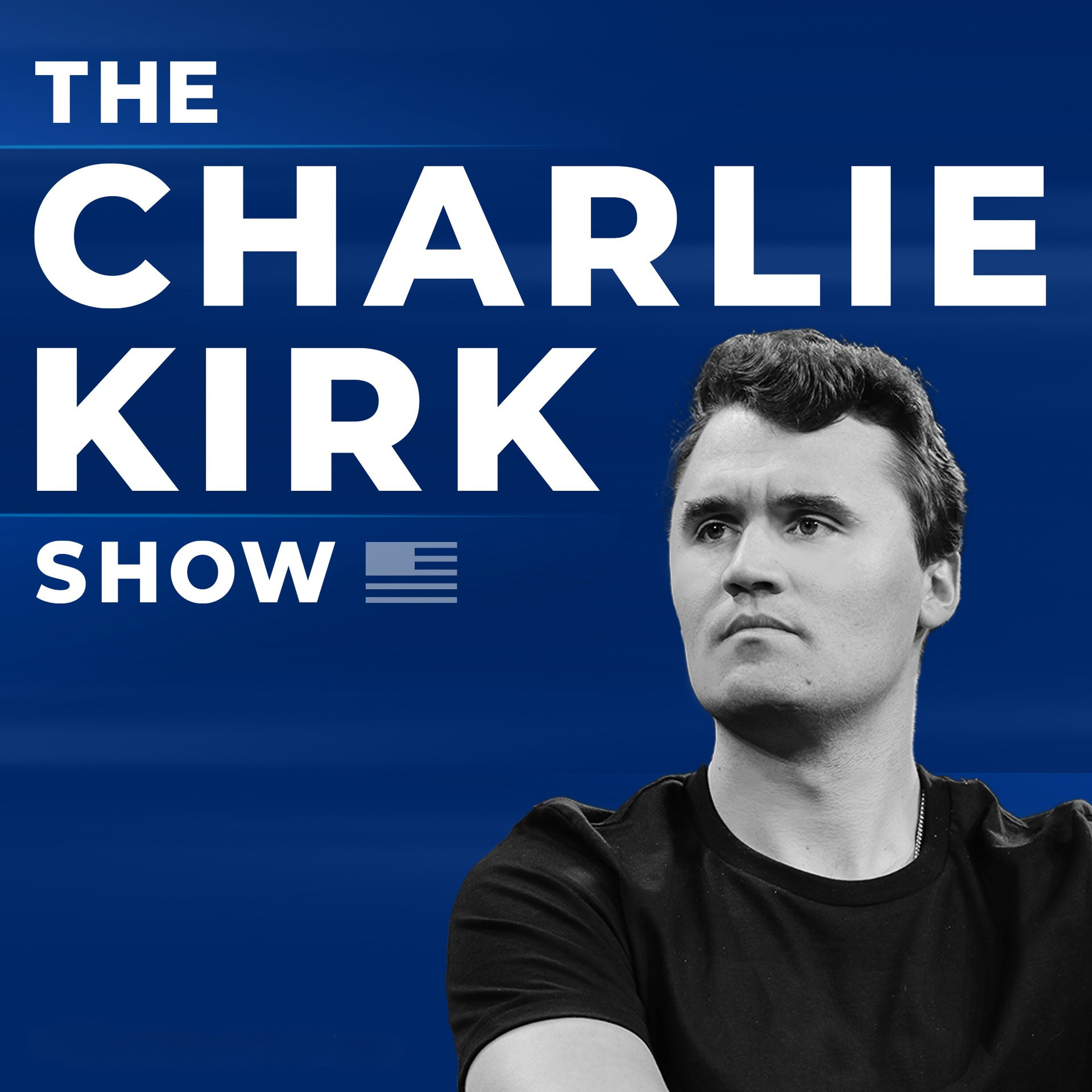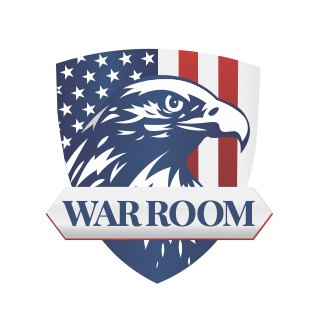
Live to Shoot - Defending our 2nd Amendment Rights
Live to Shoot - Defending our 2nd Amendment Rights
History of Colt Firearms
In this episode we tumultuous 150+ years of the history of Colt Manufacturing.
Fountain Podcast App
Follow me on Fountain
Follow twitter @JeffDowdle
Follow me on Truth Social - @JeffDowdle
Convention of States Project
Presearch search engine sign up.
Brave Browser
Find our Representative
email me at jeff@livetoshoot.com
Follow me on Gettr
Follow me on Telegram
subscribe to my newsletter
Welcome to the live to shoot podcast. And this podcast, we talk about all things related to the second amendment, as well as anything else going on in the news or a personal story that I find interesting or anything else I might find interesting. And in this episode, this is one of our special episodes where we talk about, you know, history of firearms and, and just history in general. And we're talking about the history of Colt manufacturing. Now this is going to be, you know, a fairly high level history of the, of the, of the company, it's hard. To succinctly talk about the history of a company that, that goes back almost 200 years. And if you haven't listened to the podcast episode on Samuel Colt. You might want to listen to that one as well. I think that's episode 184, but just you know, the early years, we'll recap Sam Colt's first patent. It was granted in 1836 and he started. his gun making business at that point and he struggled and he eventually folded and this is going to be typical of the history of cult. It is wrought with ups and downs and trials and tribulations over those you know, 150 plus years of history of it. In 1846 the Mexican Wars provided a turning point for Colt's fortunes, and the U. S. Secretary of War, under President Polk contacted contracted with Colt for 2, 000 of his pistols, which played a significant role in the war. War victory, and even though the U. S. was outnumbered, they were still successful, and the success led to the resurgent in Colt's gunmaking business. And by 1855, he had completed a new factory along the Connecticut River and incorporated his business as Colt Patent Firearms Manufacturing Company. And this will be one of the many names and iterations that this company takes on over its time. But this new facility allowed for increased production capacity and efficiency. Now the thing that made, helped make Colt successful was Colt himself. He was an exceptional entrepreneur and marketer. He did a lot of revolutionary things. He placed ads in national papers, magazines, and reached, you know, thousands of customers. And he had helped establish Colt as a leading firearms manufacturer. He also. His manufacturing process played a significant role in the Industrial Revolution. He used interchangeable parts where he developed molds that could forge metal pieces comprising the revolver, enabling him to mass produce and market revolvers. to various customers including military, cowboys, gold rushers, and law enforcement officers. He also, along with the mass production, was with the help of Eli Whitney, a Colt manufacturing process began to incorporate mass production techniques which allowed the really efficient and cost effective production of these firearms. His inventions and business acumen and had a lasting impact on American firearms. And his revolver became, you know, an iconic symbol of the American West and the manufacturing techniques laid the groundwork for the mass production that would define the industrial revolution. And then the American civil war comes along and it was another boon for firearm manufacturers, soldiers. Colt and the company thrived during the conflict. Sam Colt had carefully developed contracts with with within the ordnance departments and signing various first signing very first government contracts for 25, 000 rifles. Colt Factory was described as an industrial palace topped 250 Power, horsepower steam engine. And during the Civil War, Colt had 1500 up to 1500 employees, produced 150,000 muskets and pistols a year. And then in 1861 and 1863, the company sold 170, 107,000 of their Colt Army Model. 1860 alone with production reaching 200,000 by the end of the war in 1864. The war made a huge. Fortune for the company, allowing Sam to become America's first manufacturing tycoon, but it was a very tumultuous time for the company. Colt did not live to see the end of the war. He died of rheumatic fever in 1862. So then this is where some of the more turmoil comes on within the company. His close friend an engineer, Elisha Root took over as the company's president. And then on February 4th. 1864, a fire destroyed most of their factory, including arms, machinery plants, and factory records. Then on September 1, 1865, Root dies, leaving the company in the hands of Sam Colt's brother in law, Richard Jarvis. The company's vice president was William B. Franklin, who had recently left the army at the end of the Civil War. With the Civil War over and having no military contracts, Colt's manufacturing was Forced to lay off over 800 people company found itself in a very precarious position. The original revolver patents they had were expiring, allowing other companies to produce copies of their designs. And additionally, metallic cartridge revolvers were gaining popularity, but Colt could not produce any because of a patent held by rival Smith Wesson. Likewise, Colt had So protective of its own patents, the other companies had been able to make revolvers similar in design. As the patent the Smith Wesson patent expired, Colt moved to develop its own metallic cartridge revolver. The company has had to You know, continue to adapt and innovate over to overcome these challenges and maintain its position as a leading firearm manufacturer over over history during World War I. Colt surpassed all previous production achievements. John Browning, who worked for Colt for a time, came up with a design for a semi automatic pistol, which debuted as the Colt M1900 pistol and eventually would evolve into the iconic. M1911, then you had the stock market crash of 1929 the ensuing depression resulting in a slowdown of the production for Colt. But in test, in test, in anticipation of this, the company's presidents William Skinner and Samuel Stone implemented a diversification program similar to that done at the close of the American Civil War. Quolt acquired contracts for business machines, calculators, dishwashers, motorcycles, and automobiles all marketed under the name other than Quolt. At the beginning of World War II, Quolt ceased production of a single army revolver to devote more time to filling orders. For the war and during the war, Colt manufactured over 62, 620 9,000 M 1911 A one pistols, and as well as an M 1917 water cool machine gun. The company had a workforce of 15,000 men and women in their three factories, and they ran over three shifts 24 hours a day and won the NA Army Navy rating of. E for excellent. Quote ranked 99th among United States corporations in the value of World War II military production contracts. However, the company was losing money every year due to mismanagement and an embittered workforce that had been stretched to its limits and manufacturing methods which were becoming obsolete. So the company that pioneered manufacturing never were able to keep up. The 60s were another boon year for Colt, with the escalation of the Vietnam War Robert McNamara shutting down the Springfield Armory, and the U. S. Army's subsequent adoption of the M 16, for which Colt held the production rights, and would sell over 5 million units worldwide. Colt would capitalize on this with a range of AR 15 derivative carbines. They developed AR 15 based squad automatic weapons and the Colt SCAMP and early PDW, PDW, PDW design and the 80s were another fairly good time for Colt, but the coming of the Cold War would change everything. Colt had long left innovation in civilian firearms to their competitors feeling that the handgun business could survive over the traditional revolver and M1911 designs. Instead, Colt focused on the military market where they held the primary contracts for the production of the rifles for the U. S. military. This strategy dramatically failed for Colt in a series of events in the 80s and 84, the U. S. military standardized on the Breda 92. 92F. This was not much of a loss for Curt's, Colt's current business as M1911 production had stopped in 1945. But meanwhile, the military rifle business was growing because the U. S. military had a major demand for more upgraded M16s. The M16A2 had just been adopted and the military needed hundreds of them. The nineties brought the end of the cold war, which resulted in a large downturn for the entire defense industry. Colt was hit by this downturn, though it would be made much worse in the nineties by a boycott to buy the shooting public in, in America in 94, the assets of the Colt were purchased by Zika and company, and it was speculated that Zika's financial backing of the company enabled Colt to begin. Winning back many of their contracts. Then you had the assault weapons ban of 1994 had another impact on manufacturing. It resulted in decreased sales of the, which was primarily the popular AR 15 increased prices because prices began to go up. I hit reduced marketing share the van. Resulted in a reduction in Colt's market share as the company was unable to produce and sell certain rifles such as the AR 15. Adaption and innovation in response to the ban, Colt Manufacturing may have was forced to adapt and innovate by developing new firearms and modifying existing. And then finally, the ban expires in 2004, and that resulted in a boom of the, of the previously banned AR 15s. In 2002. Colt restructured the Colt manufacturers and spun off Colt defense. Another name for Colt to supply the military and law enforcement Colt manufacturing became a subsidiary of new Colt holding company and acquired new Colt. New Colt holding company in part to protect the license agreement set to expire in 2014 where Colt manufacturing sold sporting rifles marketed to consumers that were manufactured by Colt Defense. Following a lot of reliability problems, Colt lost its contracts with the U. S. military in 2013. Patent company Colt defense file chapter 11 in 2015 and in 2016, Colt announced that the bank record court had finally approved their restructuring of Colt defense. After restructuring, Colt was reinvigorated and reintroduced some of its 1911 pistols. And in 2017, they began production of their revolvers again, the Colt Cobra, the King Cobra, the Python, and the Anaconda were all reintroduced. And then in 2021, Colt was purchased by CZ, which would rename itself Colt CZ Group in 20. And the chairman of CZ stated that the acquisition would allow the cooperative research and development between the two companies and specified that Colt products would continue to be manufactured in the US. So you see quite the long history, very quick run through there of it. But, colt has been through their series ups and downs, but a key company in the history of the firearms, American history, as we look at their involvement in the Civil War, World War I, World War II, Vietnam as well. And now they're you know back in the, in the market again for a civilian firearms and, and bringing back their iconic, you know, Colt pythons and such. So continue to watch Colt. They will be a factor going forward and just, you know, remember them as their impact on the U S over their last 150 plus years of existence. Well, thank you for listening. Hope you found some of this interesting. I did definitely. And I will talk to you later.
Podcasts we love
Check out these other fine podcasts recommended by us, not an algorithm.

The Charlie Kirk Show
Charlie Kirk
VINCE
Cumulus Podcast Network | VINCE
Bannon`s War Room
WarRoom.org